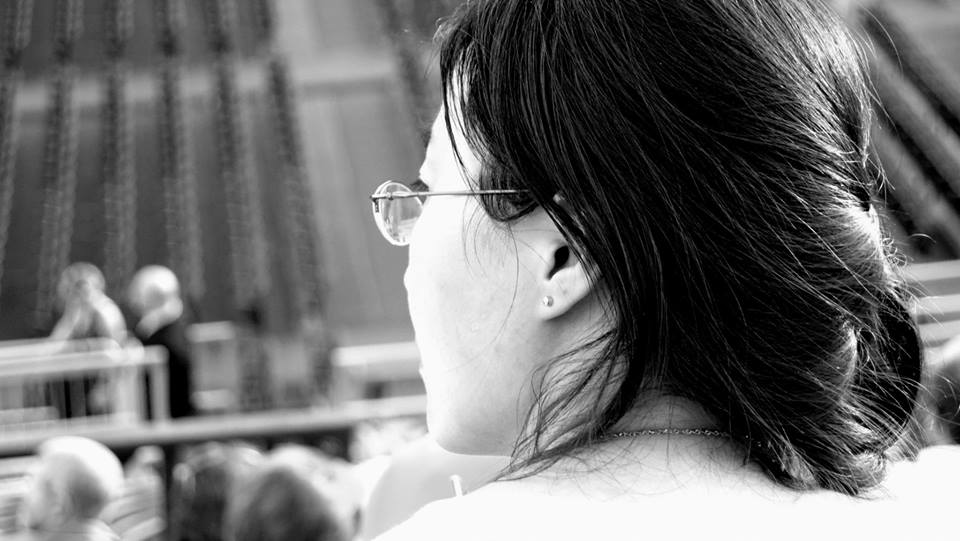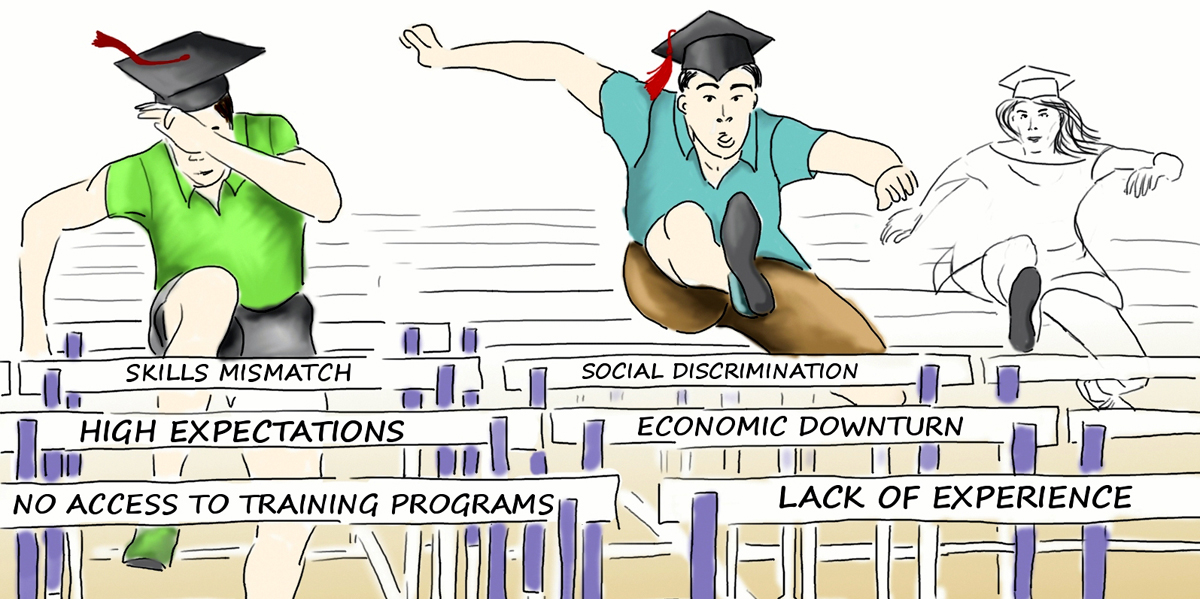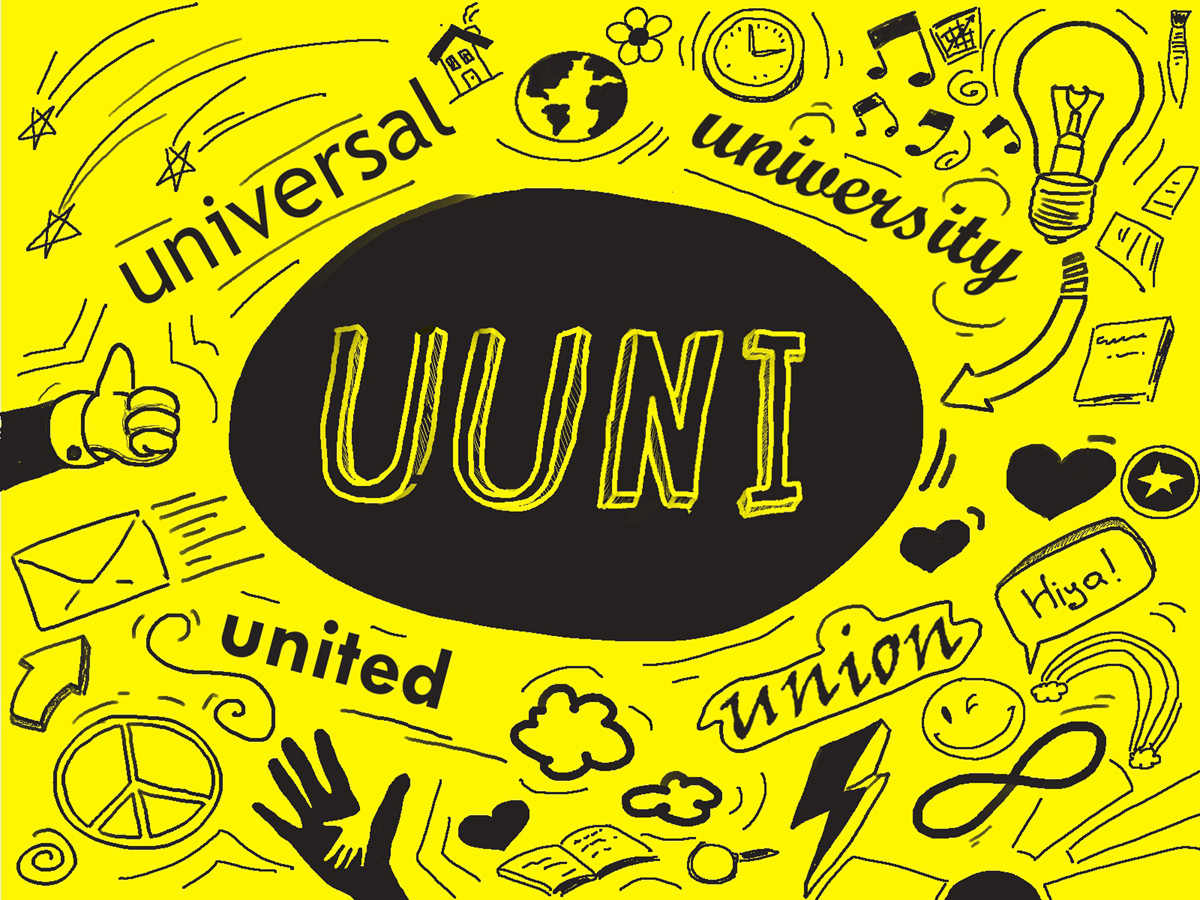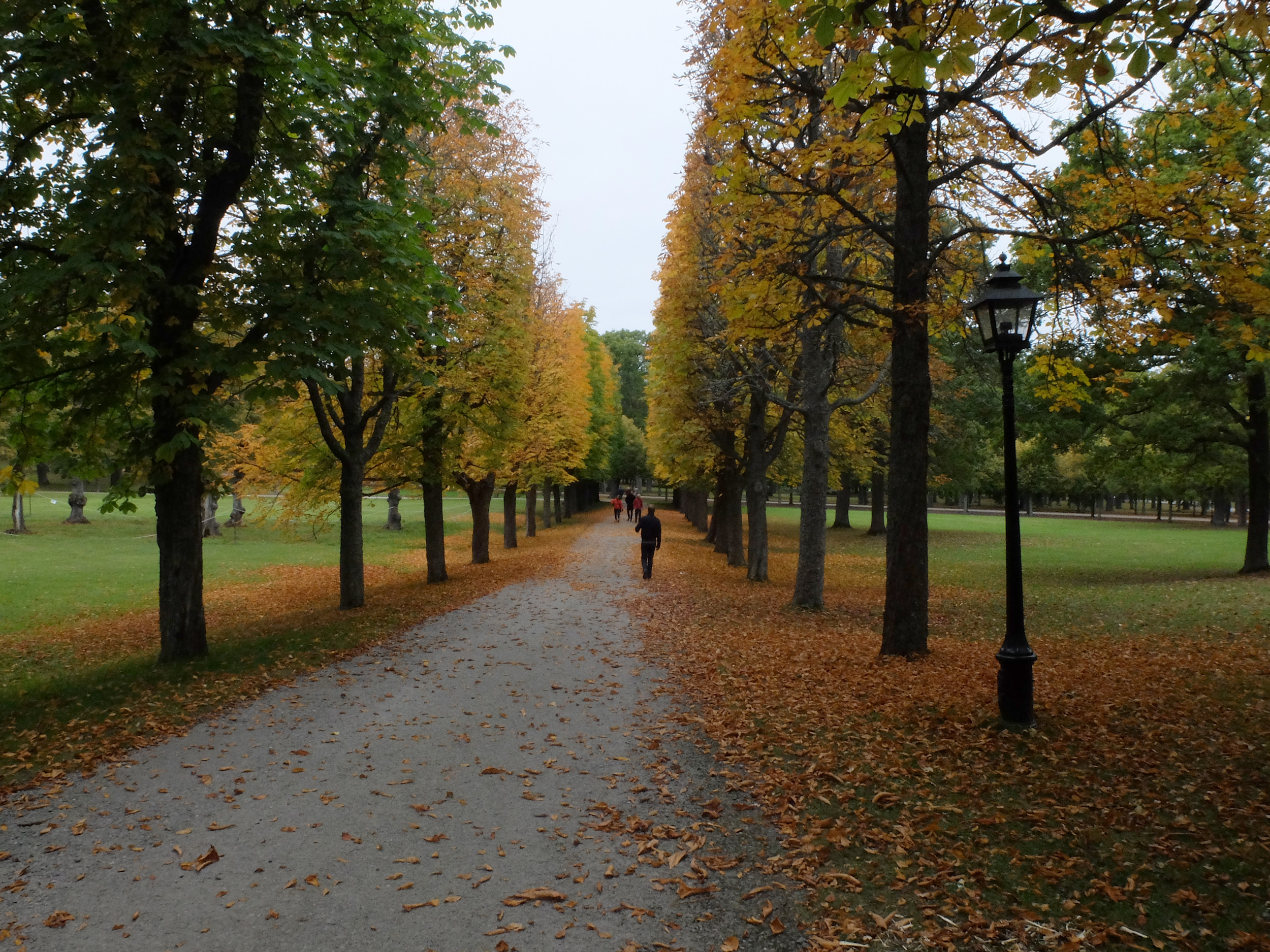These days we live in a society where the human dignity of another individual can be torn apart with threats without any further consequences. We live in a Finland where the two-year-old daughter of a senior researcher who is investigating the political climate in society at the University of Turku faces rape threats. Stories like this get lost in the flood of other similar news. Fascists in our country are organizing their frontier more openly than before and the support for a closed society is absurdly loud.
During the past few months I have often found myself asking what the hell is going on. Apparently the two options these days are either to silence yourself as a ”reasonable person” (tolkun ihminen) who silently approves of fascism and racism, or to expose yourself and your loved ones to the most awful threats imaginable. It appears that real dialogue concerning our society has disappeared. Instead of real dialogue there is quarrel about terminology and euphemisms, bantering the opponent unreservedly and purposefully blurring the facts.
Therefore I choose to disqualify myself from social discussion for the duration of this column and settle for commenting the topic as a phenomenon. I must however state that there is not one suvakki (Finnish word for a person who speaks for tolerance towards people from other cultures than their own) who wishes that the whole world migrated to Finland, or wants that at least half of the nation’s money is poured to the newcomers aid. Instead, there are Finnish people who want to help those in need, whether they ultimately stay in Finland or not.
One of the strangest ways to immediately play the martyr card in the current “discussion” is the so-called “Well this is probably one of those things one’s not supposed to be saying out loud”- discussion opener. This tactic is most often used in a situation where someone shares a negative piece of news concerning asylum seekers.
As if there is a group of people somewhere who want to silence real conversation and argumentation based on actual facts. Well, there is no such group of people. Instead, expressing things in this manner steers the receiver’s attention to the comment instead of the piece of news and provokes the reader without having to actually think about the issue itself. In a perverse manner this skillfully provokes the receiver of the message to react in the same manner and to get upset to the person who “doesn’t allow folks to say this damn thing out loud either”.
We live in a Finland where women defending gender equality face threats of rape and drowning. Members of the University of Oulu’s academic community blast representatives of our indigenous people and wish they would burn in hell. At the same time a popular Finnish artist releases a new song that has the word vittu (phrase being ‘what the fuck’) in its title and chorus and that causes public uproar. Is that really what is ruining our youth? Is that a real sign of the degeneration of our society?
Here comes the heaviest truth that is hard to say out loud: People in Finland are afraid. People are very, very afraid. Not afraid of the crimes committed by foreigners or not being able to walk on the street. Not afraid that people come here and take our jobs. Not afraid that Daesh or some other terrorist group comes and attacks Oulu’s department store Stockmann. We are afraid that the Finland we know is going to change. We are afraid that the European stability we so appreciate is not as permanent as we have believed until this day. We are afraid that asylum seekers bring with them their own distress and we don’t have the ability to handle it.
When were our minds set on fire? When did our civilized society regress to a state of mind where rape threats and wishing someone was burned alive have become so common that we are almost used to it? To cite the new song by the Finnish singer Sanni, “what the fuck?” I’m beginning to run out of humor.










